Let us Admire the Lactating Fountains of Italy
The most powerful representation of nature in art is a lactating woman.
🥚🍳This newsletter is currently cheaper than a carton of eggs. Have you upgraded yet?🍳🥚
Lactating fountains were a big trend in Italy during the 16th century (the first brat summer?). Italian sculptors chiseled masterworks of giant lactating nymphs, sirens and goddesses alongside rippling male torsos of gods and pudgy cherubs. The lactating woman are thought to represent Nature at it’s most glorious and powerful.
Think about that for a minute.
We typically think of a postpartum woman as weak, drained, struggling. Here, the nursing mother with fountains of milk shooting from her ample breasts, puts her on par with the gods of the sky and sea. PURE, RAW POWER, que bella! Here’s a glimpse.
Fountain of Neptune, Bologna
The Neptune Fountain is a monumental fountain located in Piazza Nettuno and one of Bologna’s most famous landmarks. The famous lactating sea nymph is situated at the foot of Neptune. There’s a popular saying goes that Bologna is renowned for its three ‘t’s: tortellini, torri (towers) and tette (breasts).
The Fontana della Spinacorona, Naples
The Fontana della Spinacorona is a marble representation of the mythological founder of Naples, the winged siren Parthenope. Legend has it that the siren shot her breast milk onto the flames of the volcano Vesuvius to extinguish the fire. The work bears the Latin inscription Dum Vesevi Syrena Incendia Mulcet: “while the siren of Vesuvius calms the flames”.
Again, I must point out how absolutely METAL that is!!??? BREASTMILK TO EXTINGUISH THE VOLCANIC FLAMES OF VESUVIUS!!!!
Fontana delle Tette, Treviso
After the city of Treviso survived a brutal drought in the 16th century, the mayor decreed that for 3 days every year the breasts of the statue would flow with free wine (one breast was the house red, the other was a crisp white with floral notes). The original statute is housed in a museum, this 1989 replica is in outdoor shopping plaza and only lactates water.
Fontana Sant’Andrea, Amalfi
Saint Andrew is the saint of seamen, protecting them on the waves. This fountain is in the main square part of Amalfi. The main figure of the saint is surrounded by cherubs and our girl spilling that cream. The Latin writing at the base of the fountain hunc tibi perpetuo sacramus fontem which translates to "you always consecrate this spring."
Fountain of Fertility, Villa d’Este, Tivoli
Built in the 16th century as a temple to worship Diana, the goddess of the hunt, moon, and fertility. It’s suspected that her rows of breasts could actually be gourds which were a symbol of fertility (reminds me of a line from one my favorite poems, To His Coy Mistress: “My vegetable love should grow / Vaster than empires, and more slow”). But I ain’t seen a gourd with areolas like that.
Fontana Ottagonale, Matelica
In Rome Pope Gregory XIII and his successor Pope Sixtus V promoted the restoration of ancient aqueducts and the construction of new ones. Water was distributed through a series of monumental fountains. Their example was followed by local governors and the main square of Matelica was embellished with a fountain having four water spout statues, including this lactating siren. Here's one of my favorite descriptions from a tourist on Trip Advisor:
“None of the statues look particularly god-like or imposing. They look more like they are frolicking around, joy-riding on sea creatures. The most curious one is a mermaid-like woman with her back arched, her chest thrust out and cupping her breasts. Amusingly, jets of water spurt in large arcs from her breasts.”
CHEST THRUSTS, MAMAAAASSS.
The Fountain of Women at the Giardino dei Tarocchi, Tuscany
Let’s time travel 400 years later, to a garden in Tuscany who’s art is all inspired by tarot cards. The garden and it’s incredible, candy colored, giant statues are the life’s work of artist Niki de Saint Phalle. Upon completion in 1998, the artist wrote, “If life is a game of cards, we are born without knowing the rules. Yet we must play our hand.” The New Yorker described the garden as if “a psychedelic bomb had exploded in the most picturesque part of Tuscany.” Saint Phalle, drew her inspiration from all over the globe, from Botero’s giantesses in Mexico City to the lactating gods and sirens of Italy.
While building the statutes, Saint Phalle lived in a giant structure the size of house called the Empress. A visitor toured inside and describe the magical boob home: one of the statue’s enormous breasts fits an entire kitchen; the other a bedroom. There are portholes in the nipples that allow you to look out over the garden and the countryside beyond. “
Why not give your favorite mom the gift of indoctrination and searing insight! You can gift a subscription. Or you can treat yourself if you haven’t already. 🤱🏻👸🏻👩🏽🔧











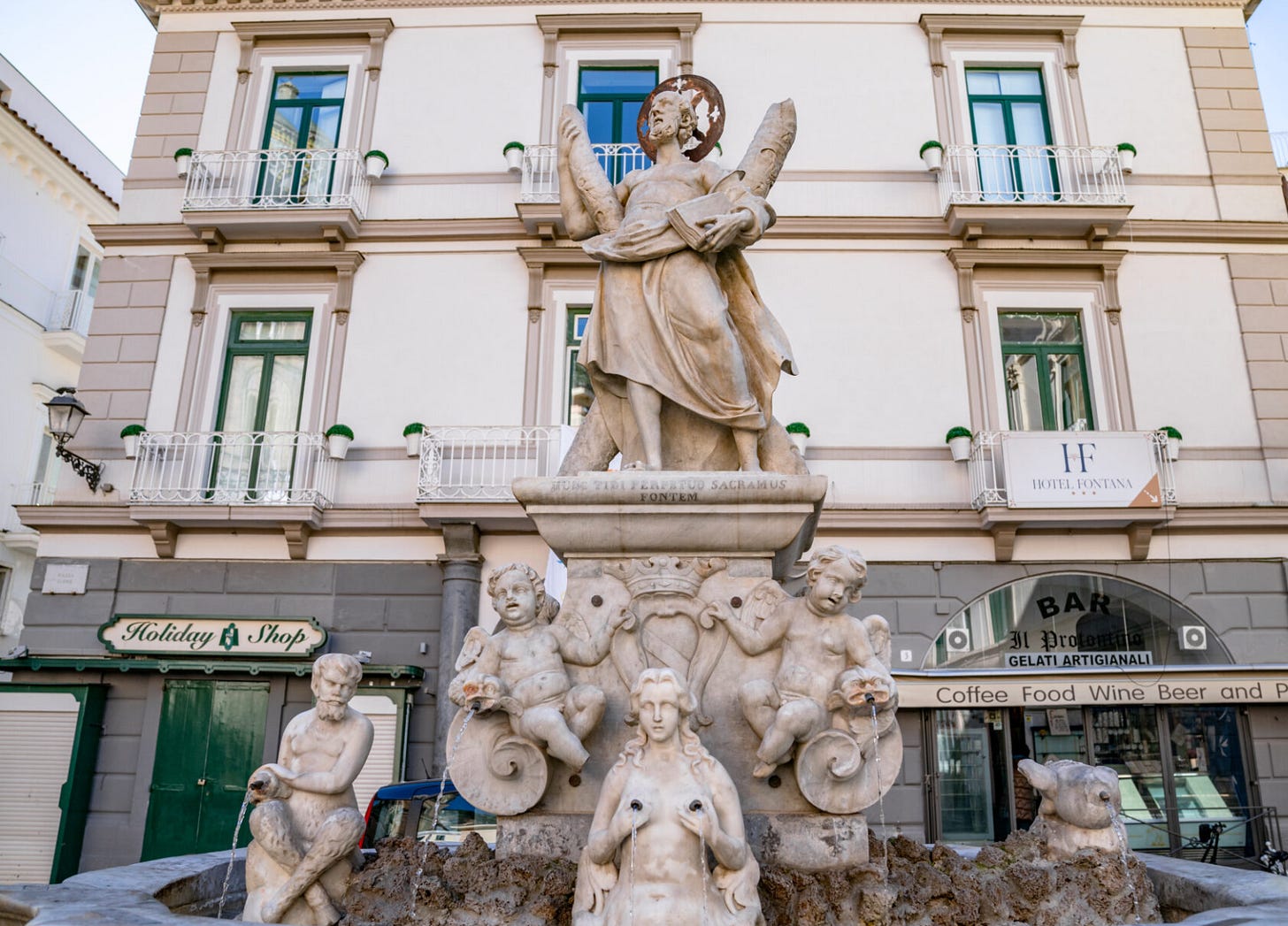
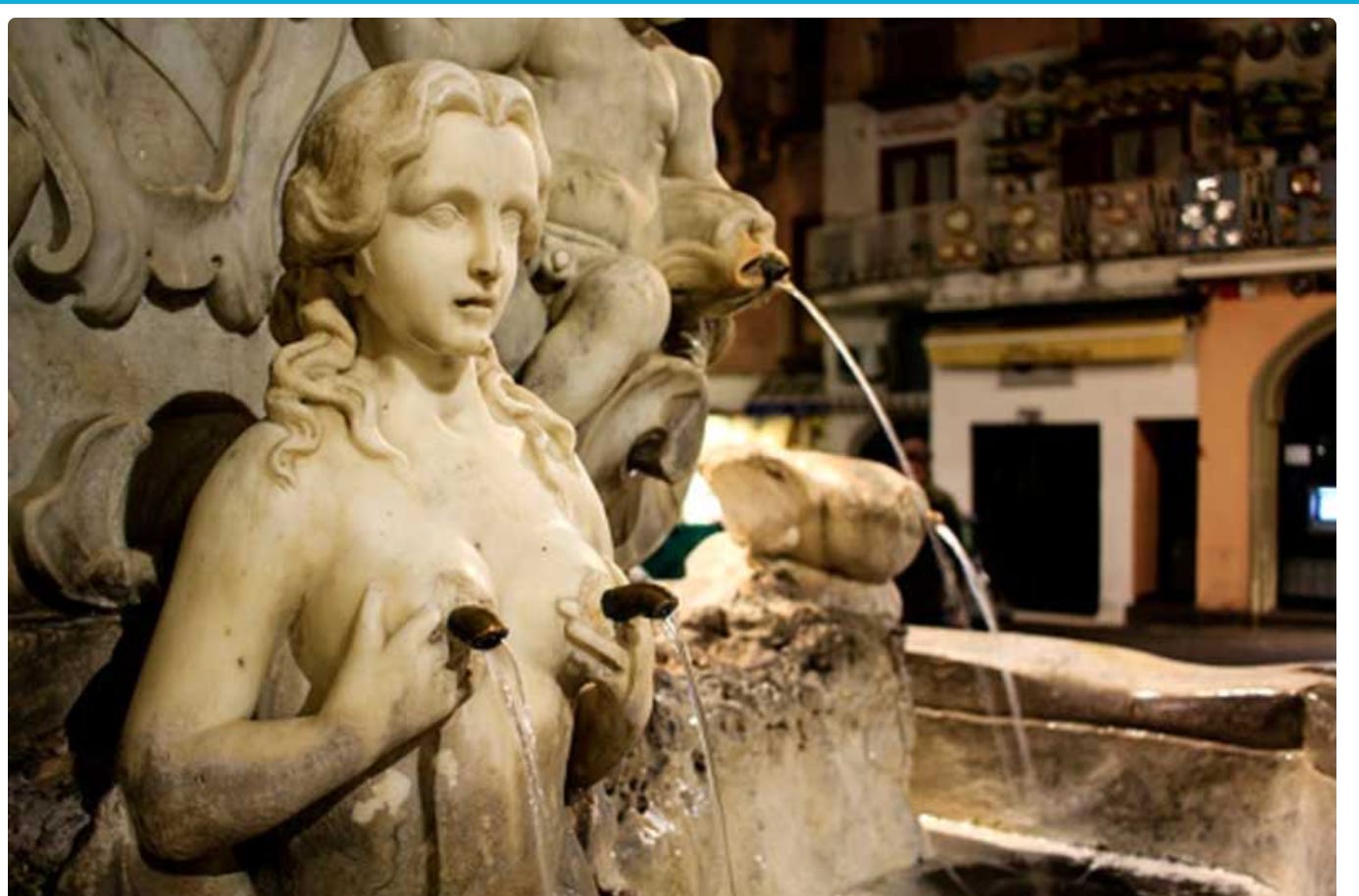
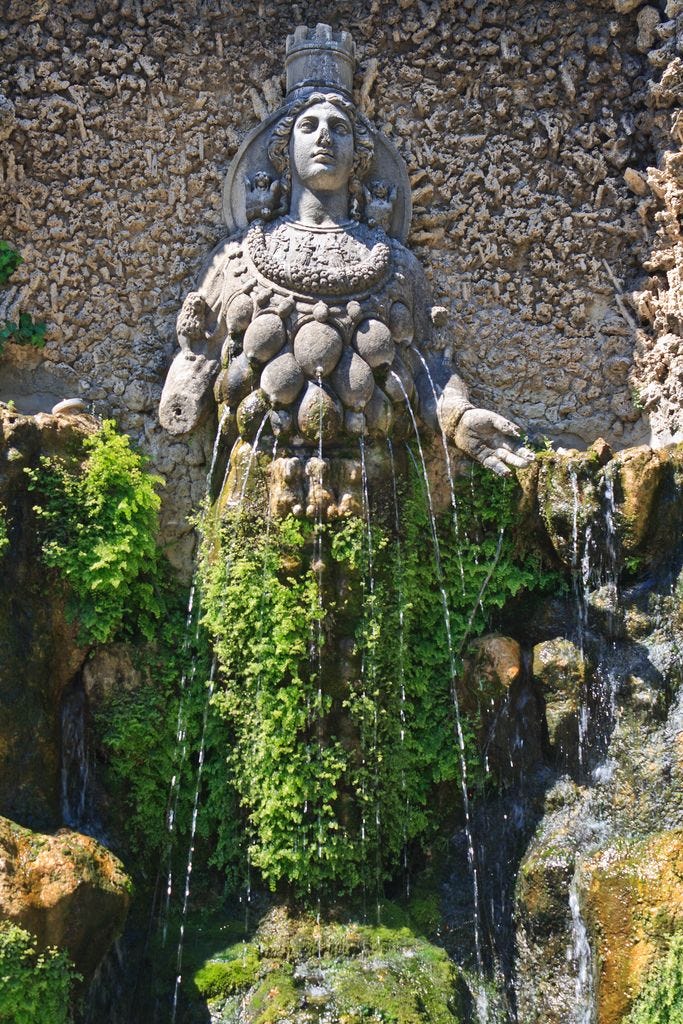

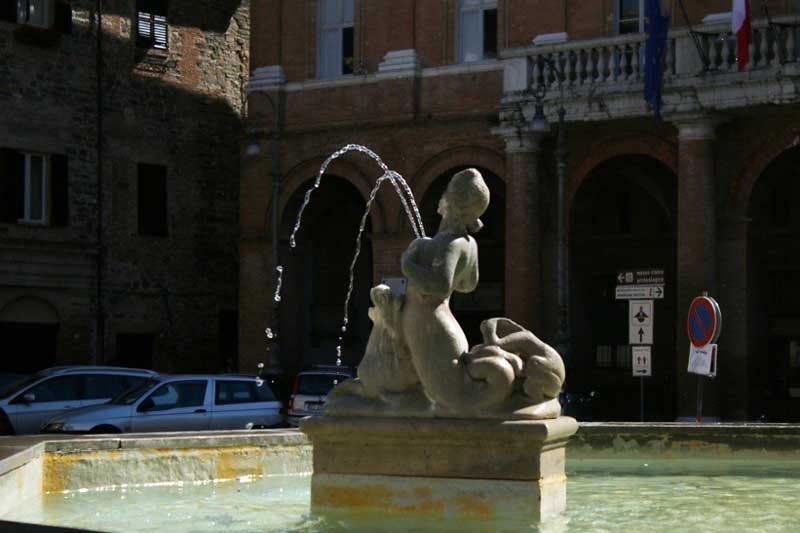
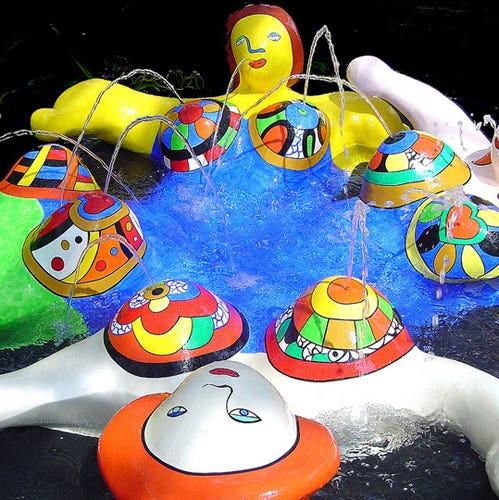




who knew there were so many